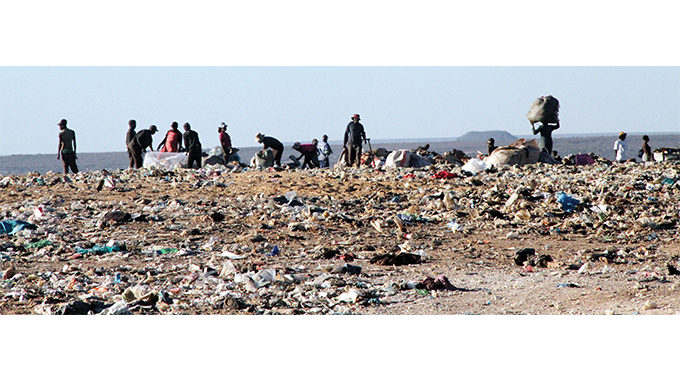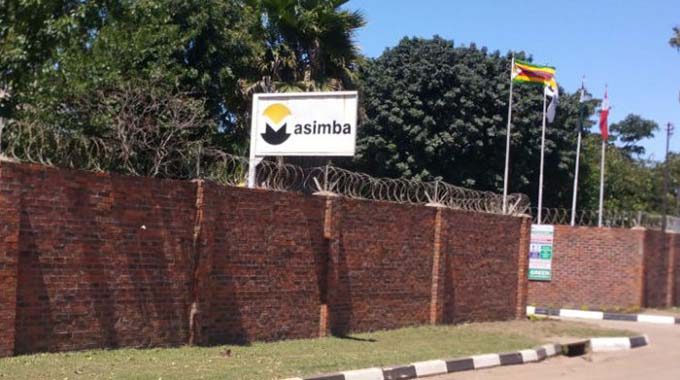Zim to miss 2022 GDP forecast
ZIMBABWE will most likely miss its 5,5% gross domestic product (GDP) forecast due to prolonged hyper-inflationary conditions as the country’s local currency continues to tumble against the United States dollar.
In its April 2022 economic review, the Zimbabwe Coalition on Debt and Development (Zimcodd) said government had projected a 5,5% GDP growth in 2022, down from 7,8% estimated in 2021.
In 2021, Zimbabwe’s GDP was estimated at US$22 billion, while in 2020 it was US$21,04 billion, up from US$19,27 billion the previous year.
“Zimbabwe will likely miss its 2022 GDP forecast of 5,5%. Since the beginning of the year, the country has faced a deep economic crisis as the local currency is free-falling, particularly on the parallel forex exchange market, and inflation maintains a northward trajectory,” the Zimcodd statement read.
“If these are not tamed, coupled with the poor 2021/22 agricultural season and negative economic impacts from the Russia-Ukraine war, this will significantly subdue economic activity, increase poverty levels and widen the inequality gap. The informal sector is estimated to constitute at least 60% of the entire economy. As the ZWL continues to nosedive against the greenback, inflation keeps trending northwards as businesses benchmark their local prices on the parallel market rates as opposed to the official rate,” the statement added.
This came as the International Monetary Fund (IMF) also downgraded GDP forecasts of several countries as a result of the ongoing Russia-Ukraine war, the impact of which has contributed to downgrades for about 143 economies, including Zimbabwe.
Zimcodd said: “The rising global inflation is forcing many central banks to tighten monetary policies thus contributing to rising nominal interest rates, especially in developed nations.
“This is contributing to financial market volatility and risk repricing. The world is also witnessing fiscal withdrawal as governments face rising borrowing costs as a result of high COVID-19-related spending and lower tax collections in 2020-21. Hence, nations must rebuild their buffers. As such, the global output growth is expected to slow to 3,6% in 2022 from an estimated 5,9% in 2021. This is 0,8% lower for 2022 than the initial January 2022 projections by the IMF.”
Government has, however, refused to disband its unpopular auction system, in the wake of increasing calls from economists to dollarise the economy to stabilise the currency.
Zimcodd estimated that 50% of the population was living under extreme poverty, owing to various economic challenges the country is facing.-newsday










